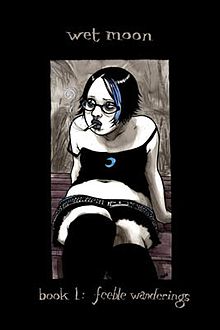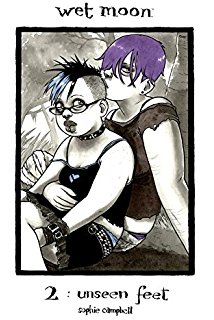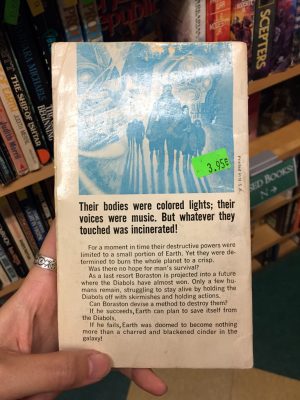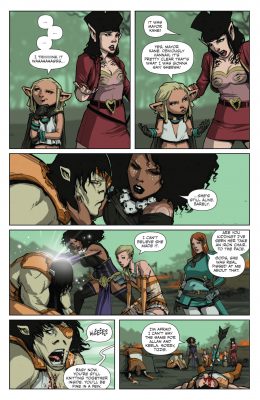Haunted Legends is a 2010 anthology of supernatural horror stories/weird tales/whatever, edited by Ellen Datlow and Nick Mamatas. I picked it up when Kakaner and I went to Readercon in 2010, and have read it 2+ times since. The table of contents is stacked with major names: Catherynne Valente, Caitlin Kiernan, Laird Barron, Ramsey Campbell, et al.
The anthology is themed around local legends, and the presiding tone is chilly, regretful, and uneasy – there are only a few stories that read as more straightforward horror, like Joe R. Lansdale’s lurid creature feature, “The Folding Man,” which closes the volume with a punch and a leer (and won the 2010 Stoker Award for short fiction).
Since most of the authors are North American, most of the stories draw from those legends. Of those that are set abroad, several are objectionably maudlin and touristy, like Kit Reed’s “Akbar” (India) and Carolyn Turgeon’s “La Llorona” (Mexico). Others engage sharply with tourism or imperialism (Catherynne Valente’s tremendous “Fifteen Panels Depicting the Sadness of the Baku and the Jotai” [Japan], Kaaron Warren’s “That Girl” [India]), and/or draw upon authors’ immigrant backgrounds (Ekaterina Sedia’s “Tin Cans” [Russia], Lily Hoang’s vicious “The Foxes” [Vietnam]).
There are also three hitchhiking/roadside phantoms total.
For me, the standouts are Richard Bowes’ “Knickerbocker Holiday” (which I’ll talk about below), and the stories by Caitlin Kiernan, Carrie Laben (a new name for me), Ekaterina Sedia, Catherynne Valente, and M. K. Hobson (all of which hopefully I’ll write about later). Those hit my sweet spot so far as emotional complexity, prose, freshness of concept/execution, and pervasive unease are concerned. Laird Barron and Jeffrey Ford’s stories, which I think share a kind of darkly musing/amusing quality, also made me go “hmm” in a pleasant way.
—–
Richard Bowes‘ “Knickerbocker Holiday” opens the collection, and immediately made me wonder why I hadn’t read Bowes before, and where I could find more of him.
Last Sunday night the Dutchman flew, the Headless Horseman rolled in from Sleepy Hollow. It happened when I paid a visit that was in part nostalgia, but in larger part morbid curiosity, to a corner of my degenerate youth. I even kissed the fingertips of a very bad old habit of mine and told myself it was for memory’s sake.
Fanning myself! The rest of the story sustains this singular, dreamy, morbid flippancy; I couldn’t get enough of it. The narrator is one of a coterie of aging, not terribly glamorous fashion writers who gather to remember dead colleagues, from their youth working together in New York’s old Garment District. Unlikely connections to Sleepy Hollow emerge, laced with bad deaths and sexual unease.
I love the story in large part for its fragmentary yet rich evocation of ’70’s New York. That richness of sense of time and place seems especially appropriate given how lovingly Washington Irving worked to record his Dutch New York in all of his stories. Not much love here, though – instead of autumnal lushness, there’s only an autumnal falling-away, a sense of twist and rot.
Then there’s the painterly way in which Bowes handles the nightmare-like elements of this story. Painterly is the best word I can think of to describe it, and I find the effect utterly arresting – the few, silent, almost stately visions of the supernatural that he presents, simple scenes touched with an inexplicable threat. Like a Magritte painting, is what I’m thinking: simple shapes, arranged wrongly; a few lighted windows invested with unknown meaning.
I very much look forward to investigating more of Bowes’ short fiction.




